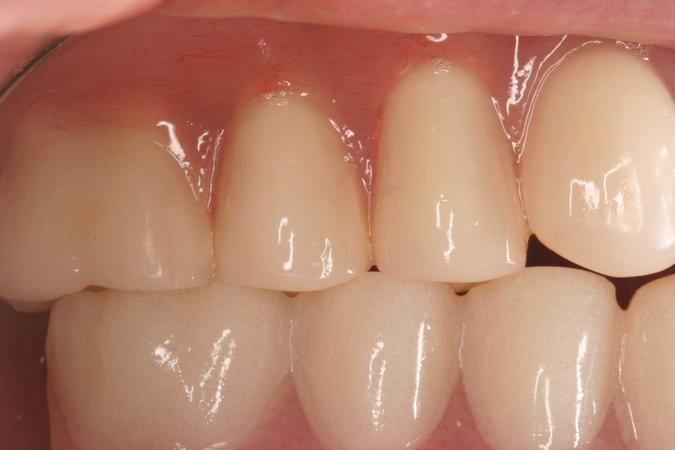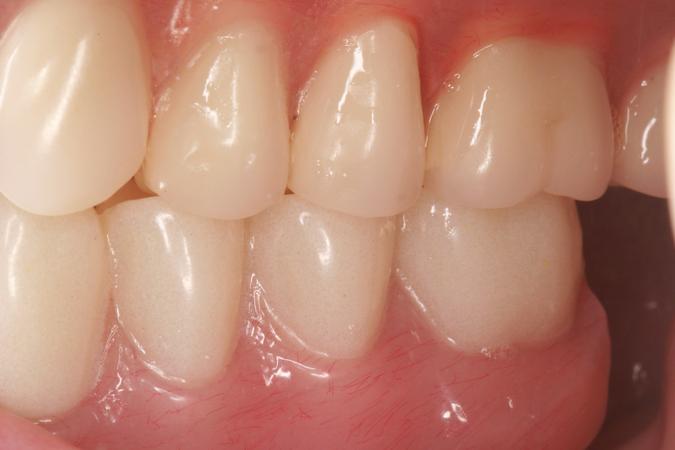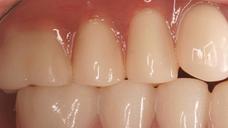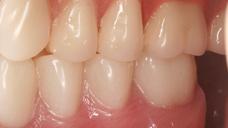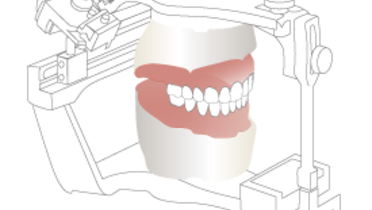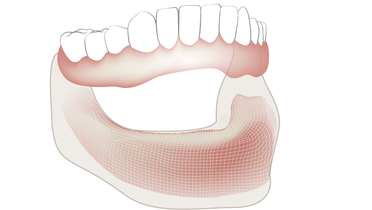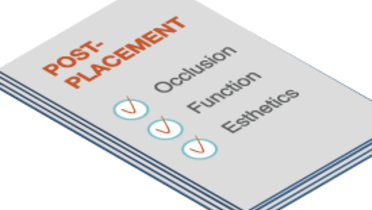-
0
Patient Assessment
- 0.1 Patient demand
- 0.2 Overarching considerations
- 0.3 Local history
- 0.4 Anatomical location
- 0.5 General patient history
-
0.6
Risk assessment & special high risk categories
- 5.1 Risk assessment & special high risk categories
- 5.2 age
- 5.3 Compliance
- 5.4 Smoking
- 5.5 Drug abuse
- 5.6 Recreational drugs and alcohol abuse
- 5.7 Parafunctions
- 5.8 Diabetes
- 5.9 Osteoporosis
- 5.10 Coagulation disorders and anticoagulant therapy
- 5.11 Steroids
- 5.12 Bisphosphonates
- 5.13 BRONJ / ARONJ
- 5.14 Radiotherapy
- 5.15 Risk factors
-
1
Diagnostics
-
1.1
Clinical Assessment
- 0.1 Lip line
- 0.2 Mouth opening
- 0.3 Vertical dimension
- 0.4 Maxillo-mandibular relationship
- 0.5 TMD
- 0.6 Existing prosthesis
- 0.7 Muco-gingival junction
- 0.8 Hyposalivation and Xerostomia
- 1.2 Clinical findings
-
1.3
Clinical diagnostic assessments
- 2.1 Microbiology
- 2.2 Salivary output
-
1.4
Diagnostic imaging
- 3.1 Imaging overview
- 3.2 Intraoral radiographs
- 3.3 Panoramic
- 3.4 CBCT
- 3.5 CT
- 1.5 Diagnostic prosthodontic guides
-
1.1
Clinical Assessment
-
2
Treatment Options
- 2.1 Mucosally-supported
-
2.2
Implant-retained/supported, general
- 1.1 Prosthodontic options overview
- 1.2 Number of implants maxilla and mandible
- 1.3 Time to function
- 1.4 Submerged or non-submerged
- 1.5 Soft tissue management
- 1.6 Hard tissue management, mandible
- 1.7 Hard tissue management, maxilla
- 1.8 Need for grafting
- 1.9 Healed vs fresh extraction socket
- 1.10 Digital treatment planning protocols
- 2.3 Implant prosthetics - removable
-
2.4
Implant prosthetics - fixed
- 2.5 Comprehensive treatment concepts
-
3
Treatment Procedures
-
3.1
Surgical
-
3.2
Removable prosthetics
-
3.3
Fixed prosthetics
-
3.1
Surgical
- 4 Aftercare
Complete denture placement
Key points
- Denture base fit, extensions and occlusion should be carefully evaluated and adjusted
- Patient education and instructions are vital to ensure the desired healing, prosthesis care and management of patient expectations
Denture placement
Placement of a complete denture requires attention to detail to cover all important clinical items such prosthesis fit, denture base extensions, esthetics, occlusion, patient comfort and post-placement instructions. In addition, the clinician should communicate clearly with the patient regarding expectations with a complete denture prosthesis.
Denture Fit and base extensions
Prosthesis fit is evaluated using disclosing media to identify areas of contact between the denture base and mucosa. Certain areas of contact should be relieved, such as over the nasopalatine fossa/incisive canal and frenuli. The primary stress bearing area of the maxilla is the crest of the alveolar ridge and an even pressure distribution bilaterally is desirable. The primary stress bearing area of the mandible is the buccal shelf and bilateral contact of the denture base with this area does not necessitate adjustment unless denture sores are observed at post-insertion appointments.
Denture base extensions must be adjusted to correct overextensions as they can lead to significant denture instability or denture sores in the case of an implant overdenture where the prosthesis does not move in response to mucosal pressure on the overextensions. Again, disclosing media is necessary to identify which areas of the denture base extensions to adjust as the patient is asked to recapitulate functional movements. Furthermore, denture base thickness should be adjusted to support tissues appropriately, provide a cameo surface that promotes mastication and bolus transfer, and not impinge on oral cavity space unnecessarily and annoy the tongue.
After denture fit and base extensions have been addressed, esthetics should be evaluated. Occlusion should be adjusted to achieve bilateral and stable harmonious contact in the centric position. If a balanced articulation is sought, a clinical remount is necessary for articulator mounting and extra-oral refinement.
The patient is then thoroughly informed again, as a reinforcement of what would have been discussed during the treatment planning phase, of the benefits and limitations of wearing a removable complete denture prosthesis including starting with a soft diet, expectations regarding speech and mastication, and the importance of removing the prosthesis at night.
